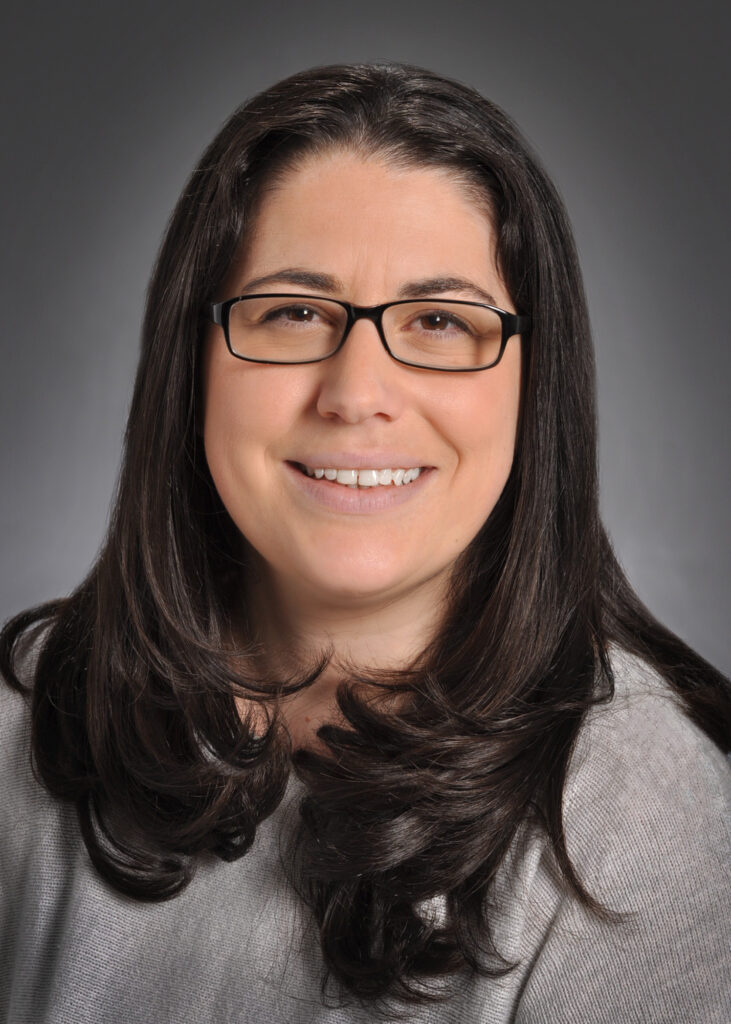PHM 2024 Session Recap
The objectives of this session were to define note bloat, identify unnecessary contributors to clinical note length, describe methods to decrease extraneous data and improve the readability of inpatient notes, and recognize strategies to implement data-based processes to measure and reduce note bloat.
The presenters, Jane Im, MD, Deana Miller, MD, Brandan Kennedy, MD, and Emily Reilly, MD, started by defining note bloat as “excessive or irrelevant information in a clinical note.” Factors including poor electronic health record (EHR) design, documentation requirements, and limited financial or logistical resources all contribute to difficult chart review due to information overload. This leads to less time for notes and reliance on EHR shortcuts, such as templates and copy forward, causing the progress note to become a storehouse for additional information including hospital courses, orders, and labs, ultimately making the notes bloated due to low-yield and possibly inaccurate information. The cycle perpetuates and can lead to both documentation errors and burnout. The presenters then provided examples of note bloat, such as long tables of lab results and templated fields that do not contain relevant clinical information.
The next definition was documentation burden: “the stress imposed by the excessive work required to generate clinical records of healthcare-related interactions, occurring as a result of the imbalance between the usability [of] and satisfaction [with] systems of health records keeping with clinical and regulatory demands.” Contributors to documentation burden include regulatory and billing requirements, a belief that longer notes are better and are protective against medicolegal concerns, and some of the same factors that cause note bloat, such as EHR shortcuts and progress note formatting that include too much information. Like note bloat, documentation burden can increase burnout and medical errors, due to variability in the location of information and poor EHR usability, while also decreasing clinician satisfaction and face-to-face time with patients. On a national level, both the U.S. Surgeon General and the American Medical Informatics Association have called for a reduction in documentation burden.
The remainder of the presentation focused on optimizing note content and EHR tools. Framing the progress note as a flow from reported data (subjective) to information (objective) to knowledge (assessment) to wisdom (plan), the presenters asserted that a primary source of note bloat is unfiltered information from the EHR that is carried into the final progress note. This can be rectified by filtering the information using the concept of “GROSS—Getting Rid Of Stupid Stuff,” with the goal of reporting the medically necessary information in an efficient and digestible manner without redundancy. Another means of streamlining the note is to transition from a subjective, objective, assessment, and plan (SOAP) format to an assessment, plan, subjective, objective (APSO) format; while the latter is less intuitive for some physicians and does not replicate the flow of the encounter, documenting in this manner improves note readability and ease of chart review for the medical team, patient, and coders.
EHR functionality was discussed with the caveat that each system has different tools, but specific examples were provided for Cerner and Epic. The presenters suggested customizing templates and smart phrases to improve readability and minimize extraneous information, such as tagging individual labs in Cerner rather than pulling in the entire table. They also highlighted ways to set up the Epic and Cerner layouts to allow physicians to review the chart while documenting, further reducing the need to pull unnecessary information into the note. Finally, they identified other repositories for information in the EHR, such as the problem list, handoff or hospital course section, and sticky notes in Epic.
The presenters concluded by outlining next steps, all with the goal of improving documentation, communication, and time with patients while decreasing burnout. They acknowledge that solutions will be unique for each institution and that it is important to have input from all stakeholders and an understanding of regulatory and organizational documentation requirements. They suggest obtaining data on note components that are contributing to note length, modifying them accordingly, and using the analytics features of the EHR to monitor progress at individual and institutional levels. Finally, they touched on new, artificial intelligence, note-generator, and scribe technology, although they cautioned that while it can reduce documentation burden, it may not reduce note bloat.
Key Takeaways
- Note bloat and documentation burden are problems and lead to decreased career satisfaction and burnout.
- Changing how you document is hard, but investing the time to update your note templates now will save you time in the future. Addressing note bloat requires a restructuring of the way we review charts and documents, which may require culture shifts at the individual and institutional levels.
- While EHRs can contribute to the problem, they can also be part of the solution. Work within your EHR to find solutions to reduce note bloat. Start with the easy fixes.
- Leverage metrics within your EHR to see where you can most effectively change your documentation to save time.

Dr. Mertens
Dr. Mertens is a pediatric hospitalist at the Medical College of Wisconsin in Milwaukee.

Dr. McFadden
Dr. McFadden is a pediatric hospitalist and associate division chief at the Medical College of Wisconsin in Milwaukee, and vice chair of SHM’s Pediatrics Special Interest Group.




Great article! I am IM hospitalist and I echo a lot of concerns with note bloat. Specifically, I am not sure why a lot of my colleagues like their notes to show current medication list, imaging, labs , I feel it adds no value but when I discuss with my colleagues, it appears they prefer it because it helps them to write their note without going back and forth in the chart so it avoids clicks. I am thinking of a couple of solutions for that.
but my real question to you and challenge comes during change of attending every week. A lot of my colleagues prefer to keep their notes long and comprehensive, essentially indicating the entire hospital course to make it easier for the next attending. If they stop doing that, where do they store that information. One idea is to keep updating hospital course everyday but then that is an additional step in the workflow everyday! other idea is to have an incomplete discharge summary on the last day of week and share it with the next doc.
what are your thoughts?
how to deal with change of attending every week.